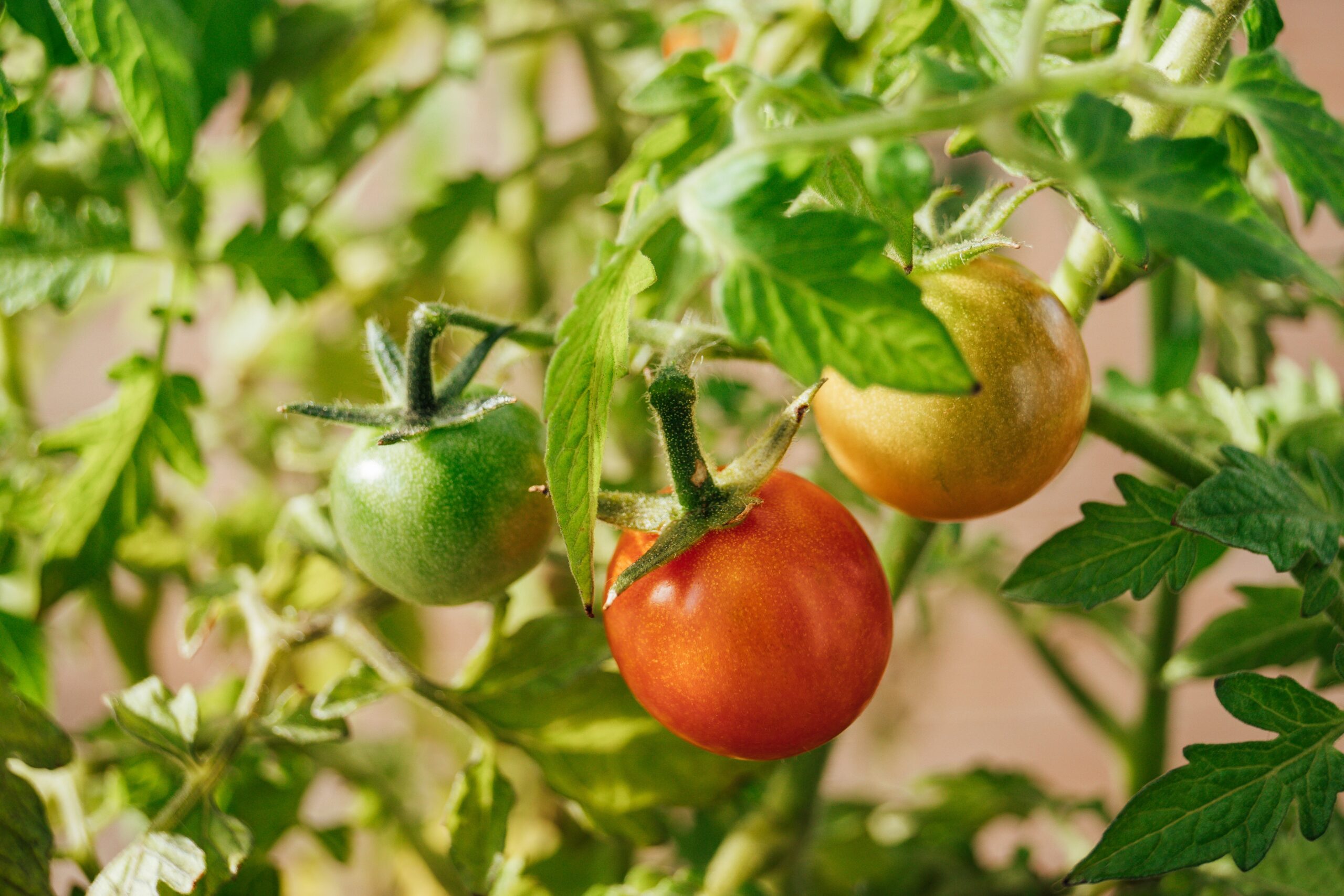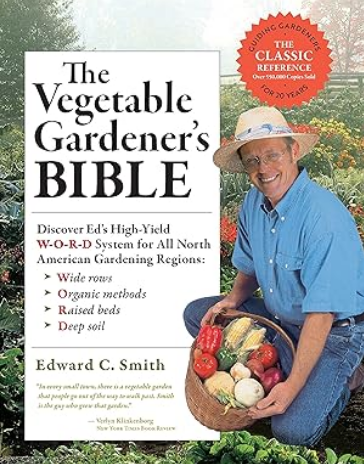The Best Vegetable Gardening Book For Beginning Gardeners

Edward C. Smith’s The Vegetable Gardener’s Bible is my favorite vegetable gardening book for beginning gardeners. Originally published in 2000, it remains a thorough introduction to the basics of vegetable gardening.
Smith begins with excellent advice on planning and planting your first vegetable garden in order to maximize yields and minimize work. He follows this with advice on maintaining healthy soils, including composting techniques, and an introduction to the basics of organic pest control. Finally, he provides specific instructions for growing many common (and some uncommon – ever wanted to grow your own amaranth?) vegetables, herbs, and fruits. Smith and his wife raise almost 100 varieties of vegetables in their large Vermont garden, so his knowledge is comprehensive and authoritative.
The W-O-R-D system that Ed recommends users proven techniques to achieve high yields with minimal labor and inputs:
- Wide rows
- Organic methods
- Raised beds
- Deep soil
I especially like that he encourages his readers to use organic gardening methods whenever possible. In most cases, chemical herbicides and pesticides are overkill (literally) for home gardeners, and not worth the risk to your health or the local environment from exposure to toxic chemicals. Smith explains how home gardeners can achieve great yields with natural weed and pest control methods such as mulching and encouraging beneficial insects.
My one quibble with Smith’s otherwise excellent W-O-R-D system is his recommendation to deep till garden beds before planting for the first time. While Smith correctly describes the benefits of deep tilling, most methods of achieving it either involve hard physical labor that can be discouraging for beginning gardeners or outright impossible for disabled or elderly gardeners, or they require renting or purchasing a rototiller, which may involve more upfront cost than a nervous first-time gardener wishes to spend to get started.
Additionally, digging and tilling the soil is now known to disturb the soil food web. The soil food web is the community of organisms that spend all or most of their lives in the soil. It includes earthworms, nematodes, fungi, bacteria, and many other species. These organisms are critical to the health of soils, and a healthy soil food web will help your garden thrive. Not only that, it will even make your vegetables more nutritious, because the soil food web assists the plants in the uptake of minerals from the soil. Many current garden experts now recommend digging and tilling as little as possible when preparing garden beds to reduce the damage to these mostly-invisible residents of the soil. Sheet mulching is an alternative method that can create the loose, deep soils that Smith recommends without digging or tilling.
Despite this minor point of disagreement, The Vegetable Gardener’s Bible remains the best vegetable gardening book for beginning gardeners in my opinion. Even my parents, who have close to 100 years of gardening experience between them, keep a copy around the house as a reference. It’s a must-have for any vegetable gardener’s library!
Photo by Theodor Sykes on Unsplash
0 Comments